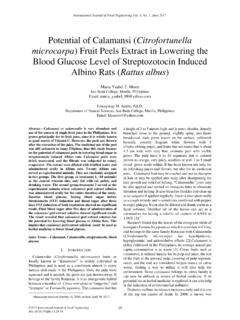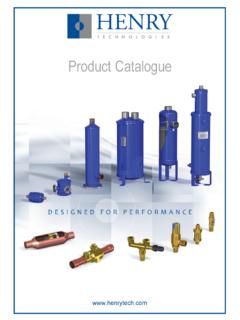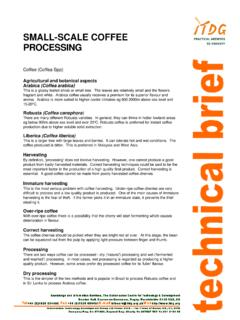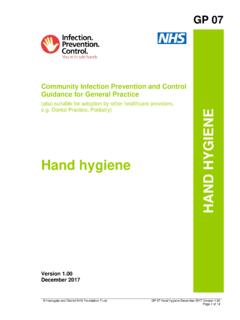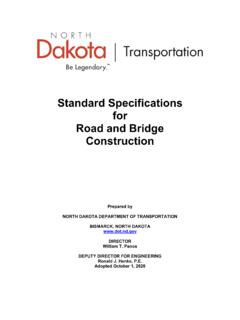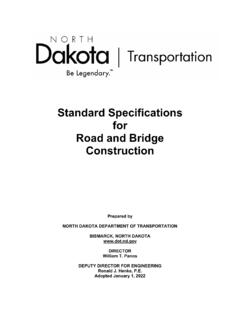Transcription of The Drying of Foods and Its Effect on the Physical ... - IJFE
1 The Drying of Foods and Its Effect on the Physical -Chemical, Sensorial and Nutritional Properties Raquel P. F. Guin CI&DETS/ESAV, Polytechnic Institute of Viseu/Department of Food Industry, Viseu, Portugal CERNAS, Polytechnic Institute of Coimbra, Bencanta, Coimbra, Portugal Email: Abstract Drying of Foods is an ancient practice that has been adopted to preserve Foods beyond their natural shelf life. The process started with the exposure of Foods to the sun, to extract from them a great proportion of the water, thus contributing for their conservation. The traditional solar dying with direct exposure to the sun had many disadvantages and presently more modern methods are used, such as hot air Drying , spray Drying , lyophilization, infrared, microwave or radiofrequency Drying , osmotic dehydration or many combined processes.
2 Many Foods can be preserved through Drying , but their organoleptic and nutritional properties are greatly altered as compared to the fresh counterparts. The objective of this paper is to describe the contents of a plenary speech presentation about the advances in Drying methods and the effects of Drying on the attributes of the dried Foods . For that a search in the scientific literature was conducted and the selection of the information was based on the topics aimed at discussing. Index Terms Drying methods, colour, texture, organoleptic properties, chemical composition, nutrition I.
3 INTRODUCTION TO FOOD Drying Among the numerous methods used for food conservation, Drying is unquestionably the most ancient but still very much used nowadays. It is a process by which water is removed from the food, by vaporization or sublimation, thus reducing the water available for degradation reactions of chemical, enzymatic or microbial nature. The Drying rate is influenced by transfer mechanisms, such as the vapour pressures of the food and of the Drying air, temperature and air velocity, moisture diffusion in the product, thickness and surface exposed for Drying [1].
4 Drying involves the use of heat to vaporize the water present in the food, and also the removal of the water vapour from the food surface. Hence, it combines heat and mass transfer for which energy must be supplied. To use hot air flowing over the food is the most common way of transferring heat to a Drying material, being this process mainly by convection [2]. Manuscript received May 17, 2017; revised October 11, 2017. The main objectives of Drying include to preserve Foods and increase their shelf life by reducing the water content and water activity; avoid the need for use of refrigeration systems for transport and storage (expensive); reduce space requirements for storage and transport; diversify the supply of Foods with different flavours and textures, thus offering the consumers a great choice when buying Foods [3], [4].
5 Although Drying is an alternative to extend the shelf life of food and also facilitating storage and transportation, by reducing the need of expensive cooling systems, it is a fact that the quality of dehydrated food is usually drastically reduced as compared to that of the original foodstuff. Thus, it is of interest to minimize chemical changes, such as enzymatic and non-enzymatic browning, and to maximize nutrient retention, such as macronutrients (proteins, sugars, fibres, ..), micronutrients (vitamins, minerals, ..) or bioactive compounds (phenolic compounds, carotenoids, isoflavones.)
6 During Drying . One Effect frequently observed when Drying Foods is shrinkage, which considerably affects their structure and texture [5]. II. Drying METHODS Water loss from Foods is a very energy-intensive process. Drying involves a considerable energy consumption: 20-25% of the energy used by the food processing industry or 10-25% of the energy used in all industries in developed countries. Hence, energy together with time efficiency represents one of the most significant design and operation parameters in food processing [6].
7 Low thermal conductivity and case-hardening of materials are the main factors responsible for slowing down the convective Drying . There have been many advances in Drying technology in latest years, including pretreatments, techniques, equipment and quality of the final products. The pretreatments, for example, are used with the aim to accelerate the Drying process, enhance quality and improve the safety of foodstuffs [7]. Besides they also help decreasing energy needs. There are hundreds of types of dryers, based on different principles of operation, as shown in Table I.
8 International Journal of Food Engineering Vol. 4, No. 2, June 2018 2018 International Journal of Food Engineering93doi: I. CLASSIFICATION OF DRIERS Discontinuous functioning Continuous functioning Biggest hand labour costs. May have greater variations product quality from batch to batch. More economical for smaller capacities (up to 5 tons/day). More economical for large quantities of material. Direct heating Indirect heating The material is placed in contact with the hot gases that provide the latent heat for vaporization of water. The food is separated from the heat source by a Physical barrier such as a metal surface.
9 A. Solar Drying In solar Drying the energy source is the sun. Therefore it is a very cheap Drying method, but on the other hand it has many drawbacks because the food is exposed to contamination sources (insects, birds and other animals) and is also strongly susceptible to weather conditions (Fig. 1). Hence, the sanitary quality may be compromised and product losses can occur due to food spoilage when the conditions are not favourable, before reaching a stable moisture content. The solar greenhouses may minimize these problems because while keeping the sun as energy source, they are very efficient and reach higher temperatures due to the greenhouse Effect , and besides the Foods are protected [8], [9].
10 In the direct solar Drying the product is exposed to solar radiation, whereas in indirect solar Drying the sun's energy is harnessed by collectors used to heat the air that will be used for Drying food. For centuries, fruit, vegetables, meat and fish were dried by direct sunlight, in open air exposure [4]. Figure 1. Solar Drying of pears. B. Hot Air Convective Drying The convective Drying of porous media, including Foods , has a pivotal role in several industrial applications. Owing to its high availability and moisture saturation capacity, the air is undoubtedly the most used Drying fluid [10].
